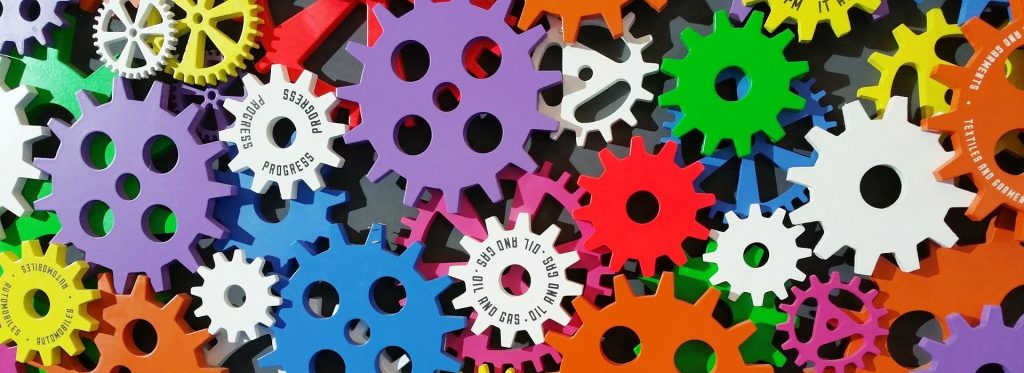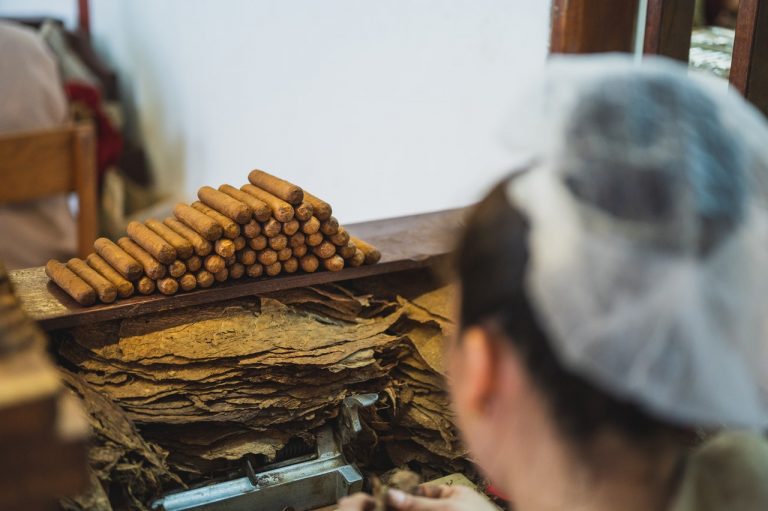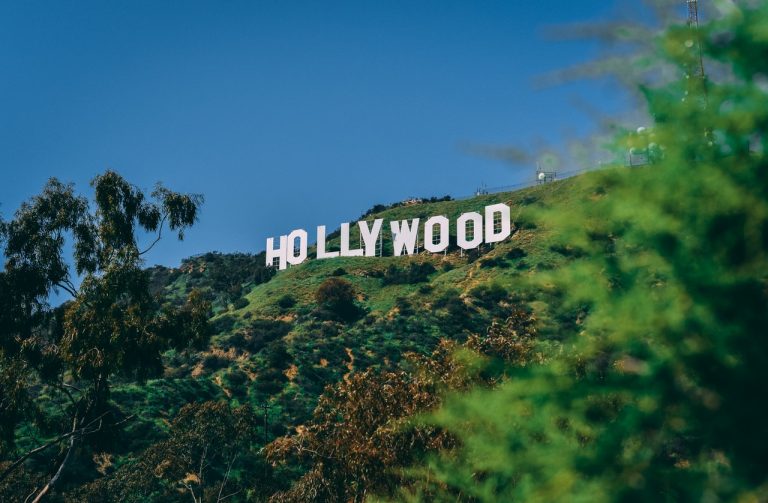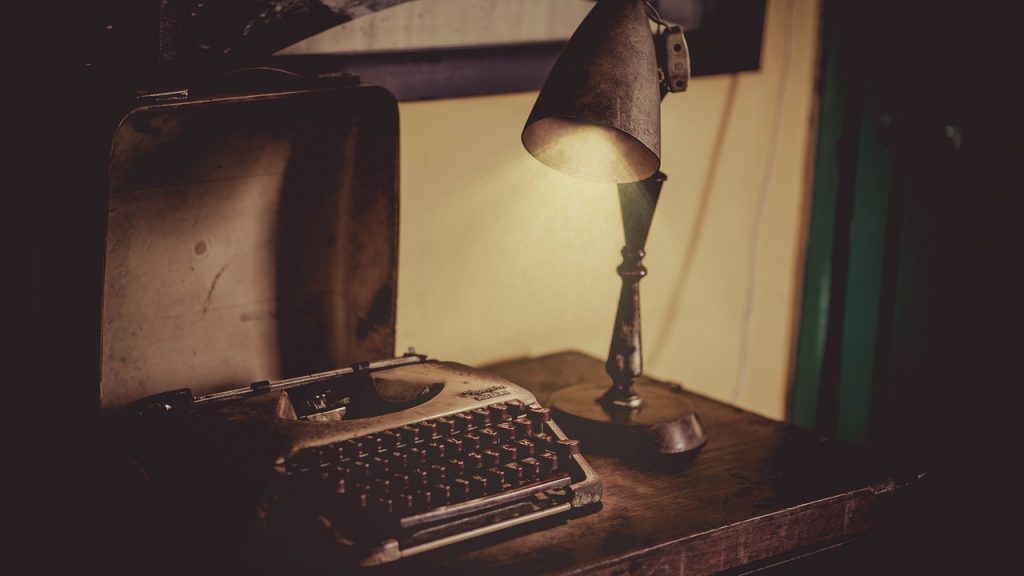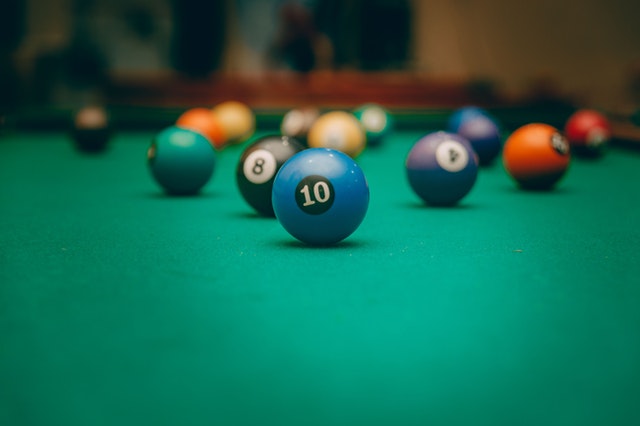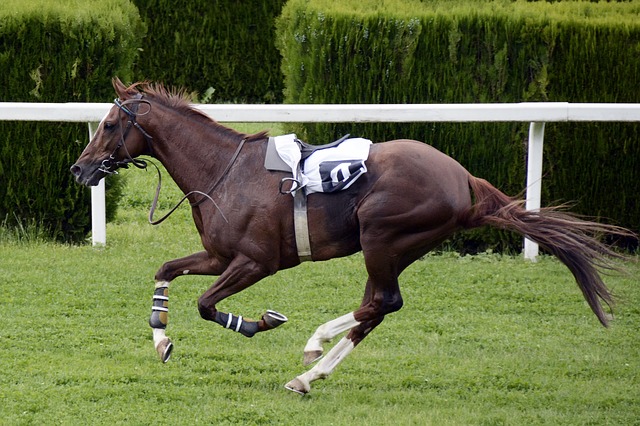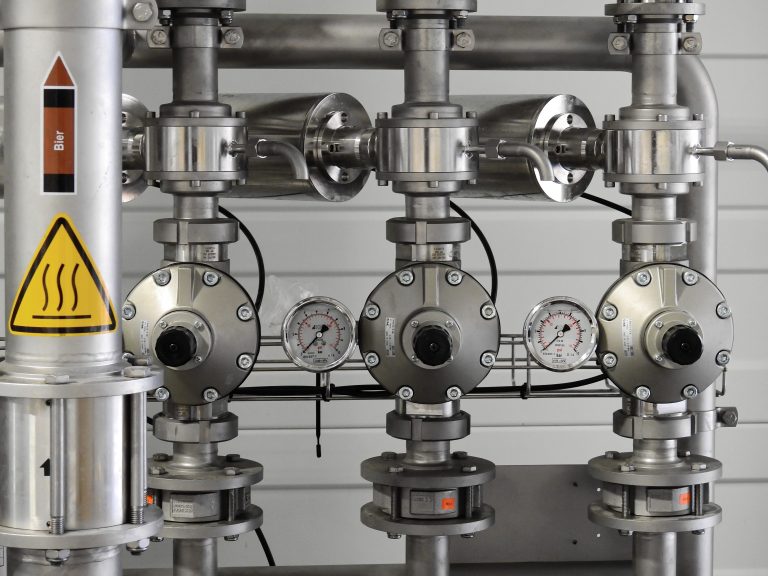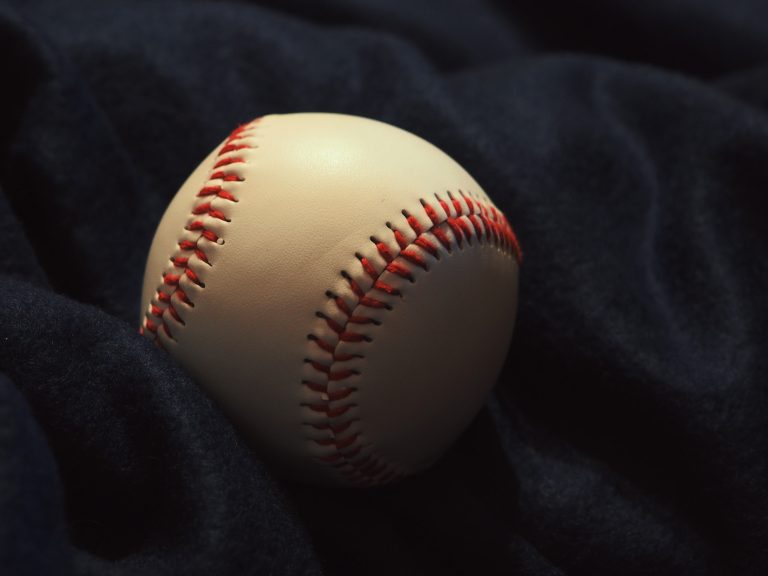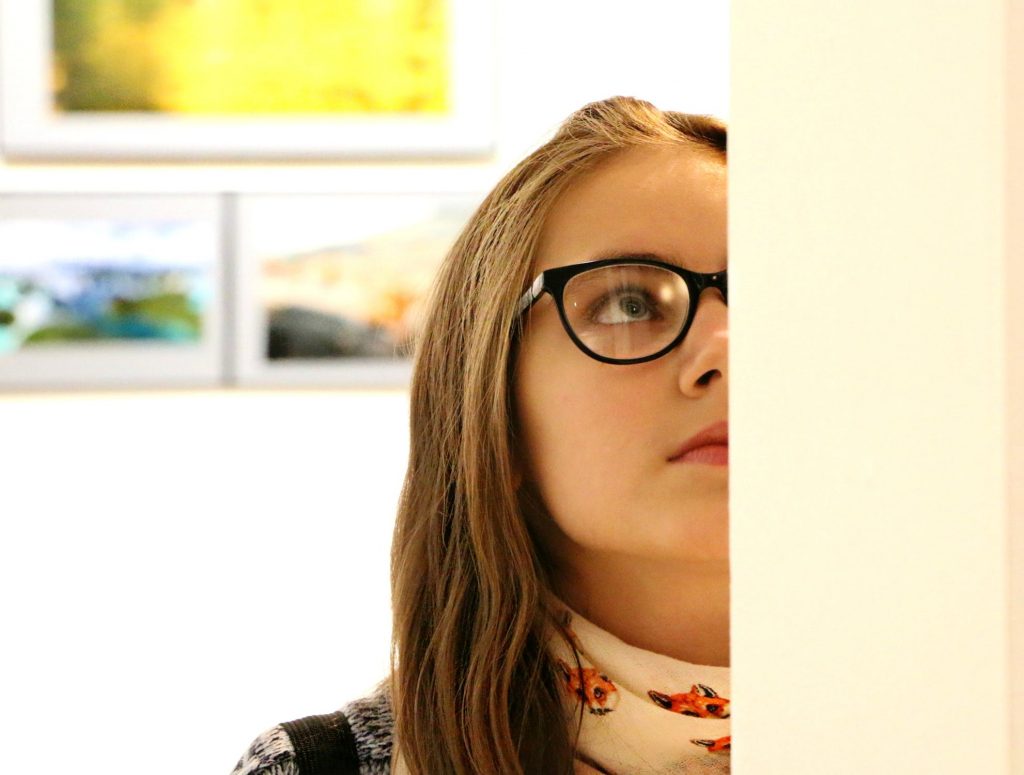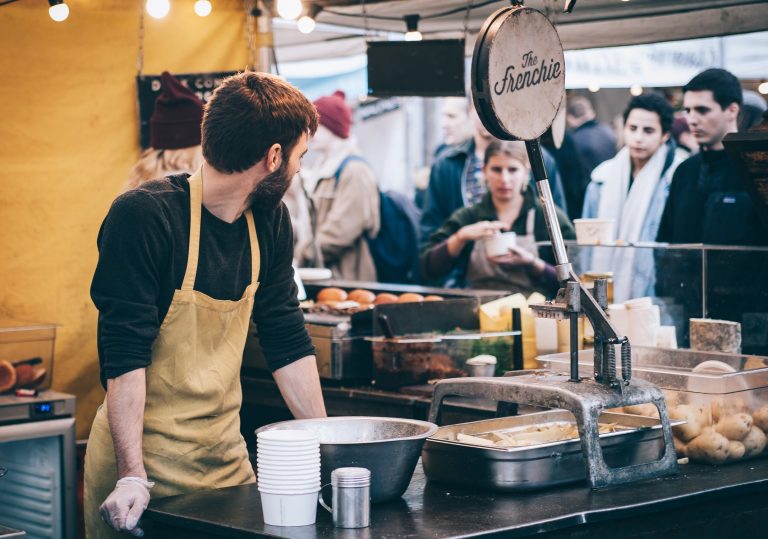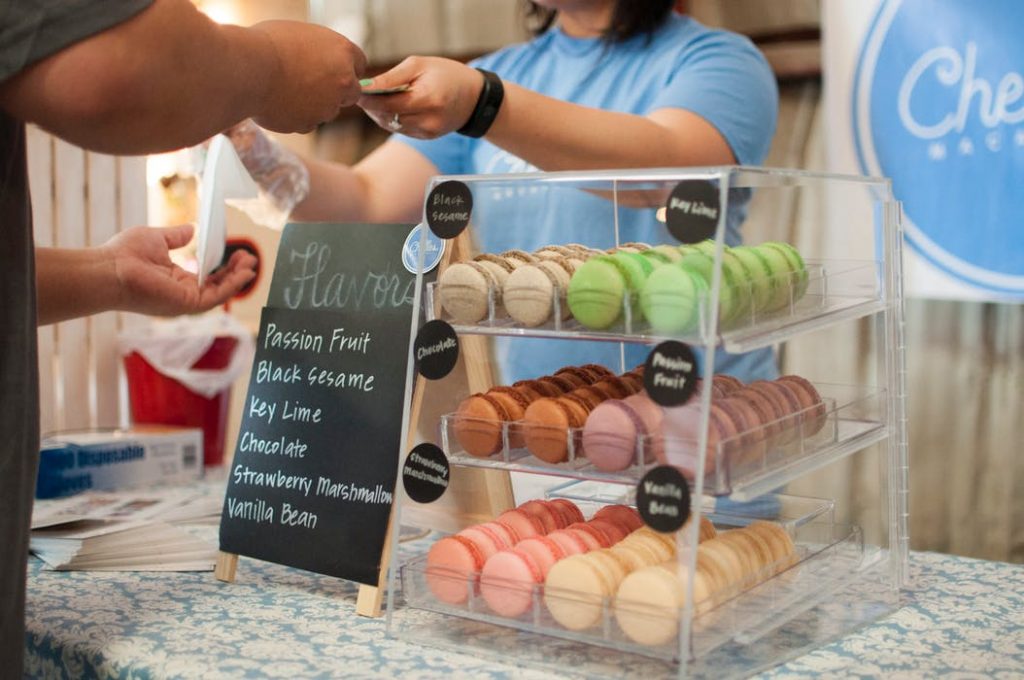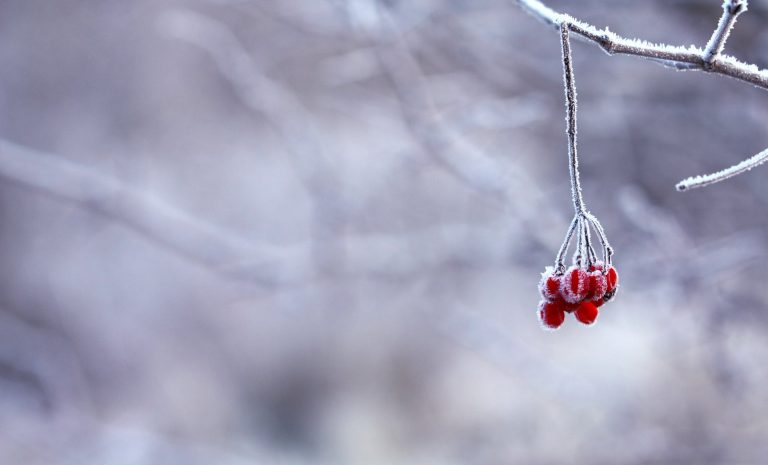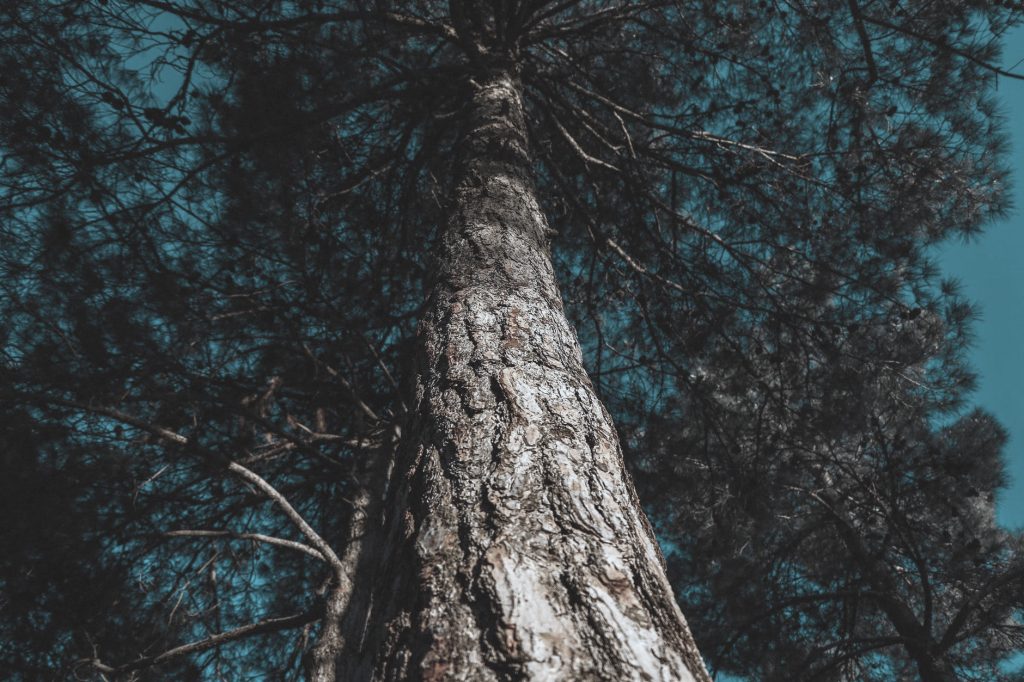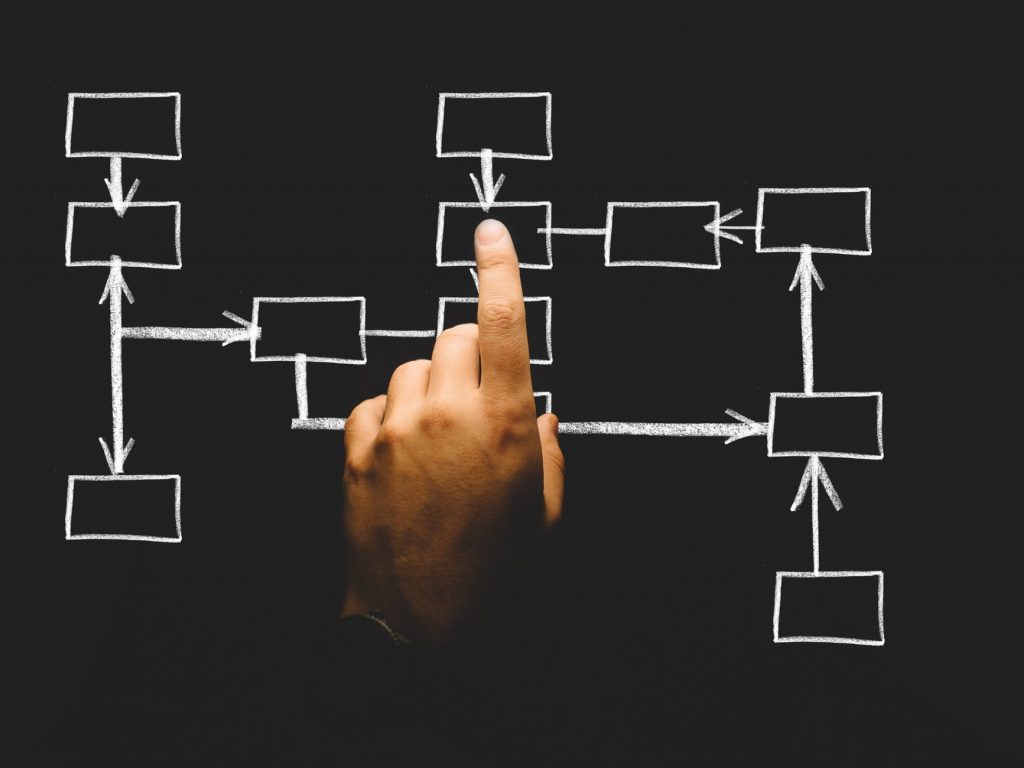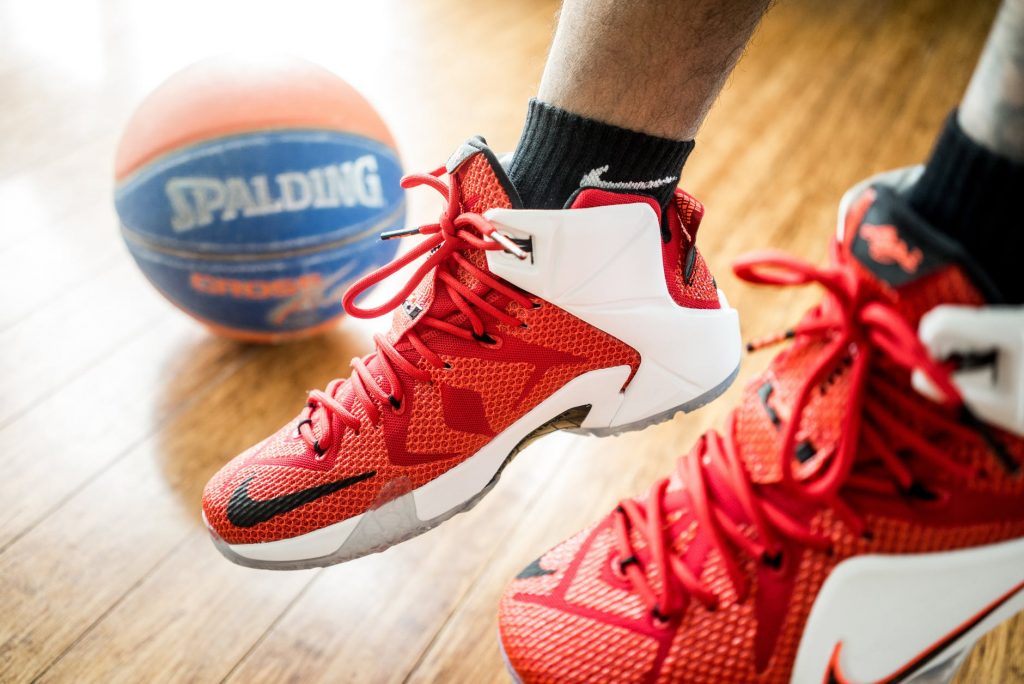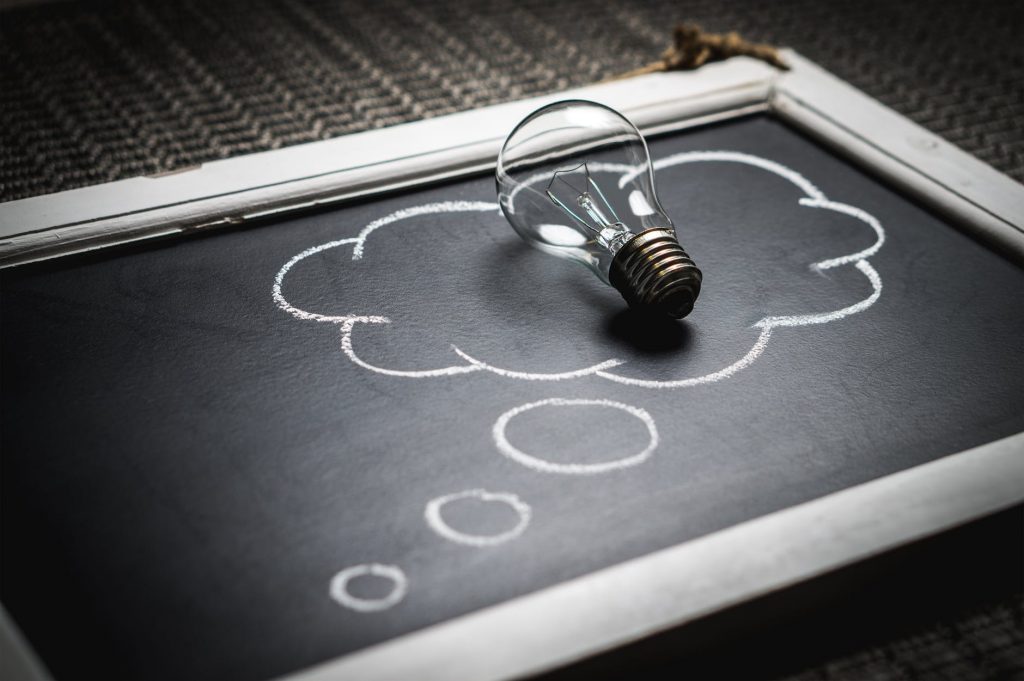Premium cigars are stated as premium because of how they are made, which is entirely by hand. Cuban cigars are known worldwide as being a premium option when it comes to many peoples cigar of choice. Composed mainly of longleaf tobacco, but some have mixed fillers owing to their thickness of both long and shortleaf. What's interesting is how delicately the cigar gets rolled, a process that started many centuries ago. While the rolling part is just one part of the whole process, here's a step-by-step flow on how they make premium cigars:
Seeds to smoke
From the moment they plant the seeds, to the time they become cigars packed up in a box, numerous steps occur along the way. While it is already a given that a cigar will be rolled, ready to be lit up, there are some parts of the process that remain interesting and that not many people are aware of. The craft is learned over time and needs more than simply getting used to. The process requires delicate and experienced hands, presence of mind, and dexterity.
Outside looking in
Before we tackle the full process of cigar making, many have the lingering question as to why exactly box-pressed cigars are a ‘thing’? The method of pressing cigars in a box has an actual purpose. The square-pressing method opens up more channels between the leaves of the cigar. As this happens, the cigar burns and draws better at every puff because there is better airflow through these channels.
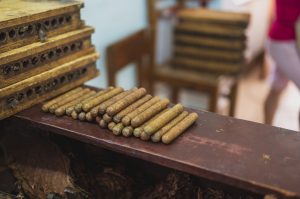
The roller
Tobacco leaves rolled into a bundle make up a cigar ready to be smoked. Cigars come in varied sizes and shapes. The premium ones are called so for being mindfully and meticulously hand-made. Manufacturers take this process so seriously that most of them send their ‘rollers’ to a 3-month roller training course.
One trains with a partner until a team is grouped for the same pace they share when rolling cigars. Experienced rollers produce 400-500 cigars a day on an 8-hour shift, which is equivalent to around 60 cigars made within each hour.
High-grade cigar brands such as Davidoff usually are rolled by those who have a decade of experience in the craft. Brand names synonymous with premium cigars include Cohiba cigars and Montecristo cigars.
The actual making process
- The moist binder is placed on the Lieberman machine while considering the directions of the leaves’ veins. The roller gauges how thick the cigar should be depending on how it feels in his hand. And as it gets piled up into the accordion-style, it should not be overly tight nor overly loose. Creating the air channel is of utmost importance at this point.
2. The bound leaves are cut at both ends of the excess balancing it out to enhance the whole smoking experience. Three kinds of leaves make up a cigar. And the strongest and the thickest tobacco is placed at the centre of the pile. Doing this allows even good combustion, which is very important in a cigar. It should not be too light nor too strong when it is smoked.
3. As the cigar gets rolled by the Lieberman machine, vegetable glue, an odourless, tasteless, and scentless glue, seals the ends.
4. The guillotine cuts the cigar in preferred size and to the mould, it goes.
5. Pressing the cigar for an hour and a half is the first step in getting the moulding completed, then the roller will take every single bunch that was made and flip it 90 degrees and then press it again for another 30 minutes.
6. As the bunch gets ready, and is 100% cylindrical, it gets wrapped by a conditioned, moist, and flexible tobacco leaf from the foot of the cigar. Depending on the direction of the veins, the roller would finish it off by rolling either by his left or right hand. Dexterity is the most important here because as the outside wrapper, there should be no pronounced veins.
7. As the cigar gets wrapped almost entirely, you will see a flag formation. This is where a smooth round head at the top of the cigar forms. And to seal it the vegetable glue is used again.
8. The end result is a cigar cut to the desired length.
Almost the entire premium cigar manufacturing industry have been members of long-established cigar family businesses. Over time, the making of premium cigars by hand has become an art and skill that is passed from generation to generation.
